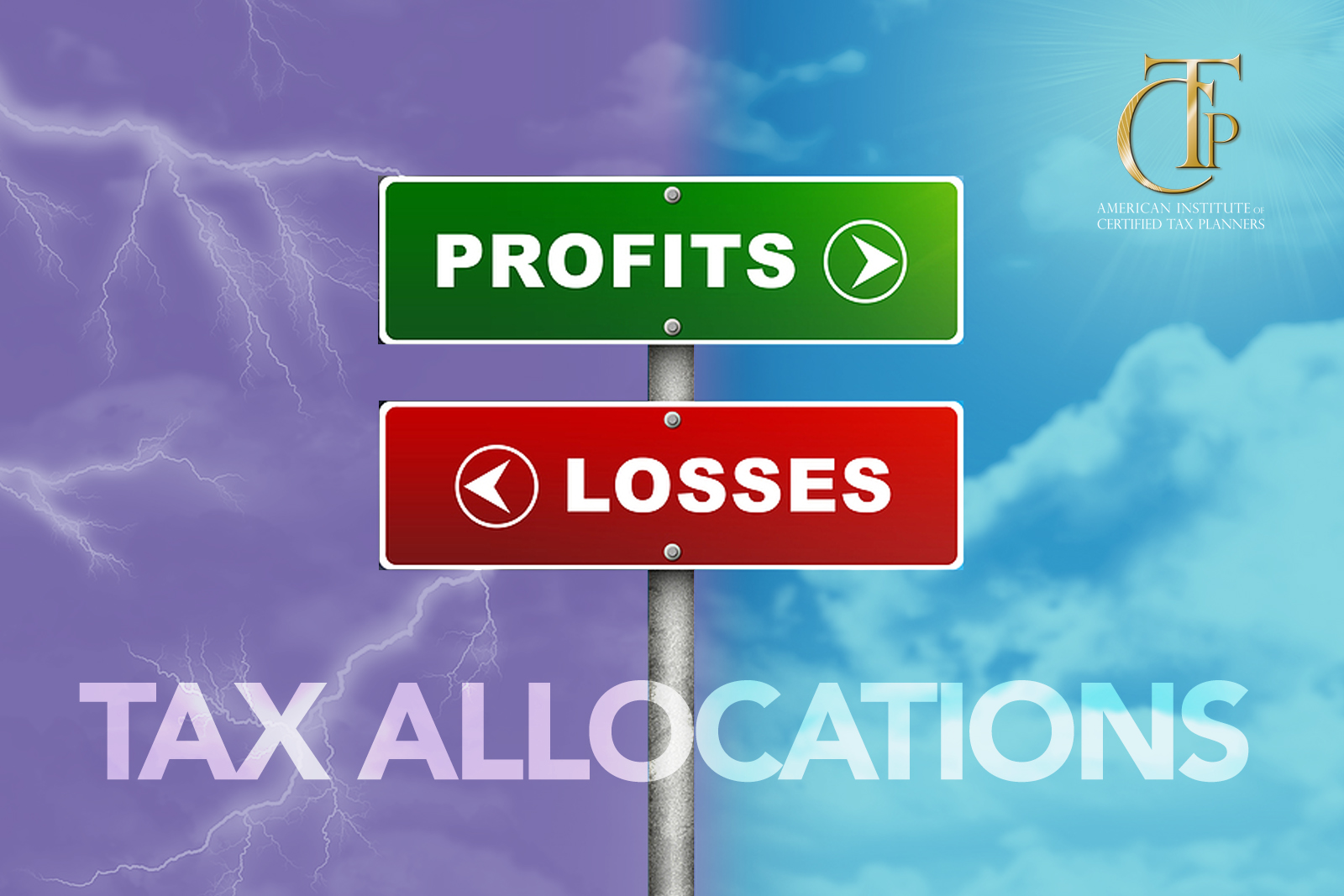Each type of business entity comes with its pros and cons. Entrepreneurs may be more aware of some of the downsides of launching a partnership, such as possible tax disadvantages for non-passive partners. However, a major benefit of setting a business up as a partnership is the option to leverage special tax allocations. Below is a summary of key things to know about special allocations, so you can begin to educate your clients on the potential benefits.
What is a special allocation?
A special tax allocation is an arrangement in which profits and losses are distributed to owners and partners in a way that benefits them, regardless of the percentage of the business they actually own. Since partnerships are pass-through entities, the business’s income, losses, credits, and deductions “pass through” to the business owners who are taxed at personal income tax rates. The partner then uses a Schedule K-1 to report any income, losses, and other items allocated to them. Each separately listed item can have its own special tax allocation.
As an example, depreciation can be specially allocated. As controlling partners, you may incentivize investors to join your business by passing depreciation-related tax deductions on to them. In oil and gas investments, sometimes 100% of the depletion and credits bypass the general partners who actually manage the business and go straight to investors. This can be in the best interest of all parties involved: investors may benefit more from deducting losses, and startups may benefit more from leveraging the special tax allocations to bring in more capital.
Overall, special tax allocations are a valuable tax planning tool that allows us to direct tax benefits and consequences where we want them.
What does it look like to set up special tax allocations?
In a partnership, tax items must generally be distributed based on either stock ownership or ownership percentage. So the first step is to look closely at the partnership agreement to see how the business partners have agreed to share profits and losses. When determining a partner’s overall ownership, remember that the percentages for distributions and for capital can be different. A partner could own a 50% equity interest in the business and a third of the profit interest. If we take this example, if that partner also received 80% of the partnership’s tax loss for the year, that would count as a special tax allocation, since the partner clearly does not own 80% of the business.
Let’s look at an example: Say that Partner A has a pass-through tax credit that is about to expire, but they cannot use it because they do not have enough taxable income. Partner A mentions the unused tax credit in a quarterly meeting and discovers that Partner B has enough taxable income to benefit from it. Partner B agrees to allocate part of their share of the company’s profits to Partner A that year in exchange for the tax credit. The partners reach out to an attorney to make this official adjustment to their partnership agreement well in time for tax season.
Let’s look at a second example involving passive and non-passive partners. Say that Partner X is an active partner and founder of the company, while Partner Y is a passive investor. The initial partnership agreement states that Partner X will receive a smaller percentage of the losses in the early years, but as the years progress, more tax benefits will shift to Partner X as their “sweat equity” hopefully yields more income for the business. As the business becomes profitable, Partner Y starts to receive less in loss allocations and more in income and gains from the business. This agreement can also be amended as time goes on, if needed.
Summary
Special allocations provide a unique opportunity to influence the timing for when income and losses are allocated to certain partners within a partnership. The partnership agreement should result in each partner receiving benefits that fit their investment, but this setup allows for more flexibility in directing benefits to different partners according to their needs.
To learn more about the requirements that the IRS has in place for special allocations, read our next blog and continue the learning process by signing up to become a Certified Tax Planner.





